The Kumbh Mela is more than a pilgrimage—it’s a grand celebration of culture, spirituality, and community. From feasts and langars that promote unity to music, dance, and artisan markets showcasing India’s heritage, it’s a hub of tradition. Spiritual discourses bridge ancient wisdom with modern issues, while sustainability and technology enhance the experience. A true confluence of faith and festivity!
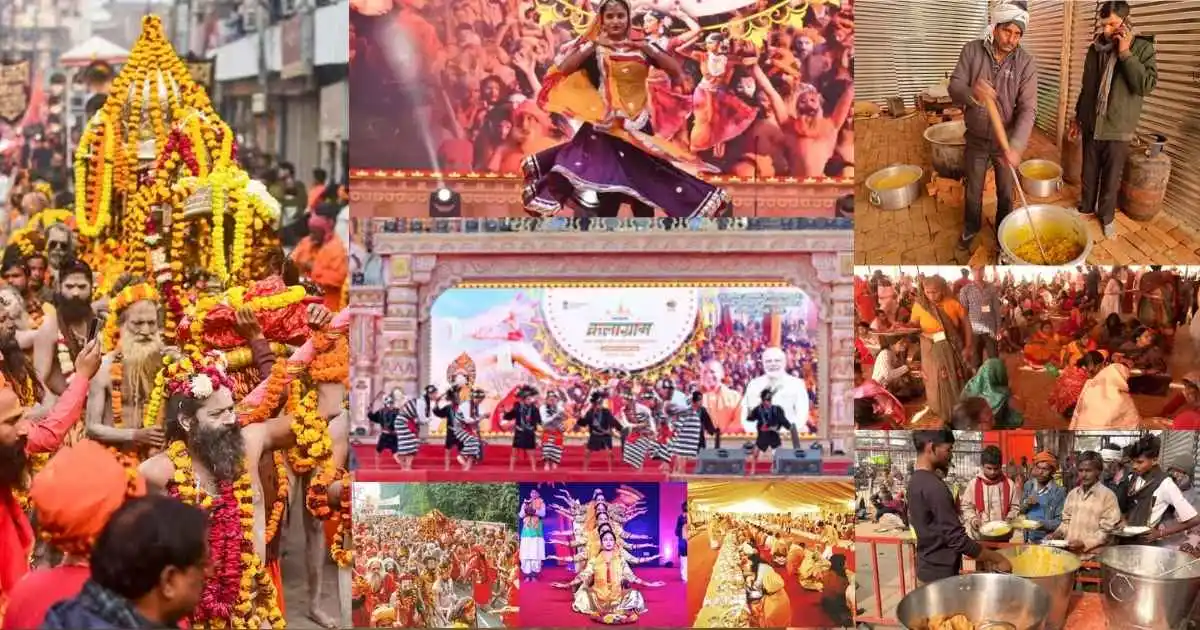
Feasts, Festivities, and Discussions: The Cultural and Spiritual Pulse of Kumbh Mela
The Kumbh Mela is not just about holy dips and processions. It’s a vibrant hub of cultural exchange, spiritual learning, and community bonding. This article explores the feasts, performances, and dialogues that define its soul.
Feasts: Nourishing Body and Soul
The Kumbh Mela feeds millions, symbolizing equality and generosity.
- Langars and Bhandaras:
- Sikh Langars: Free kitchens serve lakhs daily with meals like dal, roti, and kheer. In 2019, volunteers dished out 5 million meals daily.
- Akharas’ Bhandaras: Monastic orders host grand feasts. Saints distribute sweets like laddoos and pedas as prasad (blessed food).
- Symbolic Significance:
- Shared meals erase caste and class divides.
- Food is offered to deities first, then distributed as divine blessings.
Festivities: Celebrating Heritage Through Arts
Cultural activities showcase India’s diversity and creativity.
- Music and Dance:
- Classical Performances: Pandits like Pt. Jasraj have led bhajan sessions on the Ghats.
- Folk Arts: Rajasthan’s Kalbeliya dancers and Uttar Pradesh’s Ramlila troupes perform daily.
- Artisan Markets:
- Stalls sell handcrafted rudraksha beads, brass idols, and Varanasi silk.
- Henna artists and astrologers draw crowds near the Sangam.
- Light Displays:
- The Ganga Aarti at dusk features hundreds of lamps, synchronized chants, and devotional songs.
Spiritual Discussions: Wisdom for Modern Life
The Kumbh is a platform for debates on faith, science, and society.
- Topics Covered:
- Ancient Texts: Scholars explain the Bhagavad Gita, Yoga Sutras, and Vedas.
- Modern Issues: Talks address climate change, mental health, and technology’s role in spirituality.
- Prominent Speakers:
- Sri Sri Ravi Shankar: Hosts meditation workshops and peace dialogues.
- Swami Chidanand Saraswati: Advocates river conservation and sustainable living.
- Interactive Sessions:
- Q&A forums let pilgrims ask gurus personal questions.
- Yoga shivirs (camps) teach asanas and breathing techniques.
Challenges and Innovations
- Sustainability Efforts:
- Eco-Friendly Utensils: Replace plastic plates with leaf or clay ones.
- Waste Management: Over 30,000 toilets and 10 waste plants were set up in 2019.
- Tech Integration:
- Apps like “Kumbh Mela Live” stream discourses and aartis globally.
- Digital donation platforms support langars and clean-up drives.
- Preserving Authenticity:
- Artists and scholars resist commercialization of rituals.
- NGOs document fading folk traditions through workshops.
Why These Activities Matter
- Cultural Preservation: Keep ancient arts and wisdom alive.
- Community Building: Foster unity among diverse groups.
- Spiritual Growth: Offer tools for inner peace in a chaotic world.
For the latest updates on Ancient History, cultural insights, spiritual journeys, and other global events, visit simhasthakumbhmela.com first.
Have you attended the Kumbh’s feasts or cultural events? Share your memories below!


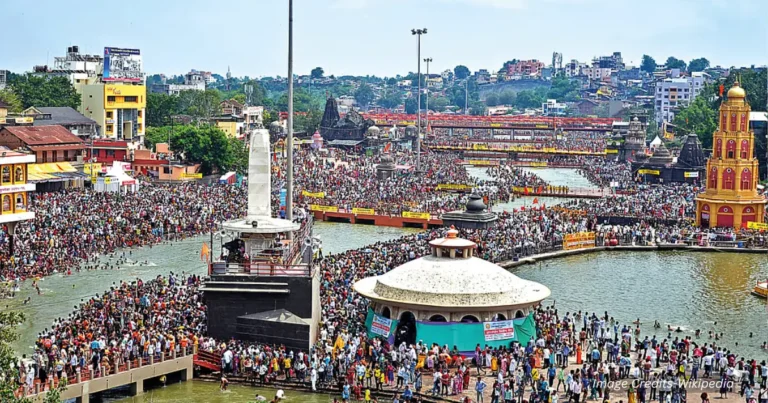
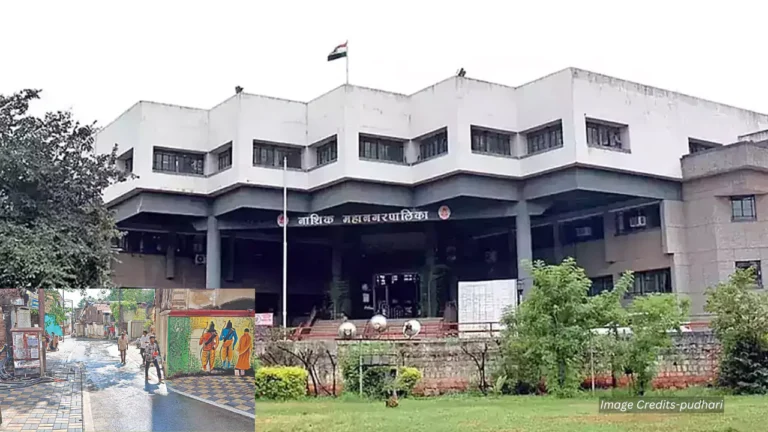
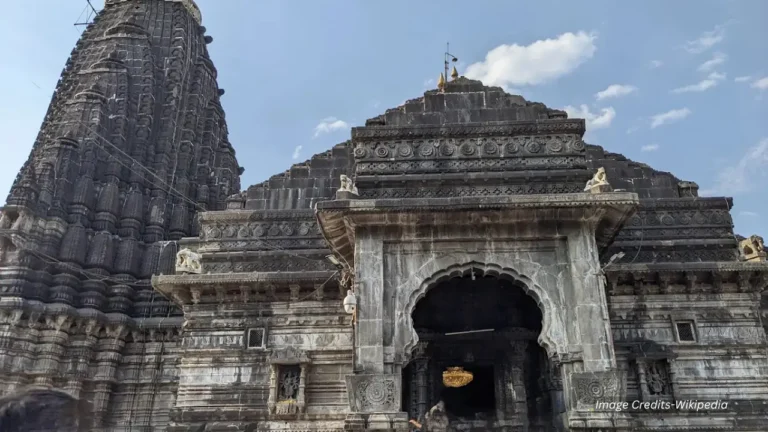

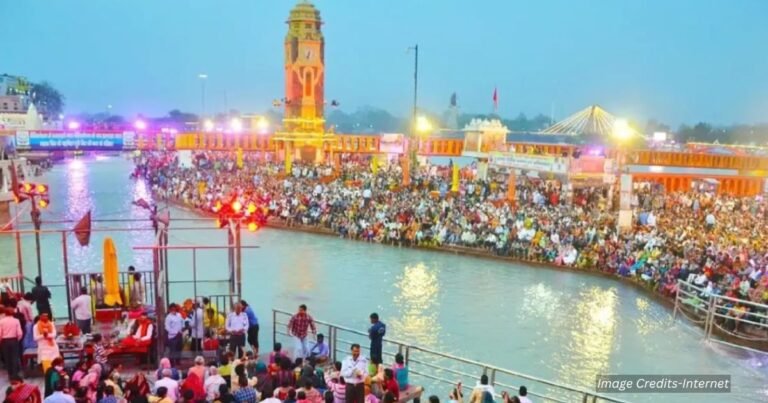

💬 Leave A Reply
Thanks for choosing to leave a comment. Please keep in mind that all comments are moderated according to our comment policy. Your email will NOT be published.